tombstone || 23 || he/himhistory blog with a focus on deathmain: @tombstone-crow
Last active 3 hours ago
Don't wanna be here? Send us removal request.
Photo


Fragment of a Sarcophagus depicting a Naval Battle from the Attic Workshop, Rome dated to the 3rd Century CE on display at the National Archaeological Museum in Venice
The Roman Marines here are styled in the Classical fashion but during this time the Roman forces were going though a transitional stage in armour and uniform. Going were the traditional lorica of the legionnaire and in their stead lighter armour and weapons. Often no armour was worn at all with smaller round shields and simple throwing spears rather than pilum’s.
This was mostly a cost issue with the Empire’s armies becoming too expensive and difficult to supply. However here that classical image of the Roman Navy is maintained to honour the deceased with a romantic depiction of ships, sailors and marines.
Photographs taken by myself 2018
294 notes
·
View notes
Text

Memento Mori: a skeleton in a niche
Master IAM of Zwolle, Netherlandish
Engraving
late 15th century
339 notes
·
View notes
Text

Conrad Meyer (1650) - "Astrologer and Death" and "Usurer and Death"
64 notes
·
View notes
Text

Child's armor ordered by Holy Roman Emperor Maximilian I for his 12-year-old grandson, the future Emperor Charles V.
Early 16th century
#fun fact: Erasmus’ Education of a Christian Prince was dedicated to this guy#the 12 year old#not Maximilian
65 notes
·
View notes
Text

German or Flemish rondel, early 16th century
from Hermann Historica
166 notes
·
View notes
Text

Mattia Preti (Italian, 1613-1699) St. Sebastian, ca.1656-57 Museo e Real Bosco di Capodimonte, Napoli Sebastian was a Roman centurion, who was discovered to be a Christian and was sentenced to death by Emperor Diocletian. He was bound to a stake and shot with arrows. He was left for dead, although the arrows had not killed him and he was eventually stoned to death. The story is taken from the 'Golden Legend'.
586 notes
·
View notes
Text

Antonio de Pereda y Salgado (Spanish, 1611-1678) Still life with vegetables and kitchen utensils, n.d. MNAA National Museum of Ancient Art, Lisbon
46 notes
·
View notes
Text

Mosaic flooring from a Roman villa in Roggiano Gravina (1st-2nd century) at the archeological museum in Sibari, Calabria Italy
Photo by Karen Haid
Follow us on Instagram, @calabria_mediterranea
536 notes
·
View notes
Photo

The history of the devil and the idea of evil, 1900
999 notes
·
View notes
Photo

The history of the devil and the idea of evil, 1900
1K notes
·
View notes
Text

Astronomical texts (in Catalan), 1425-1475
Another astronomy manuscript from centuries ago! This was written in Catalan gothic cursive in the 15th century
65 notes
·
View notes
Text

Carved ivory diptych with scenes from the life of Christ, France, circa 1340-1360
from The Art Institute of Chicago
377 notes
·
View notes
Text
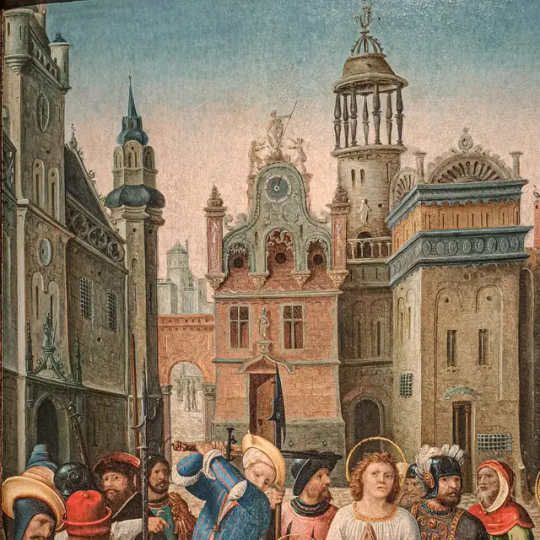
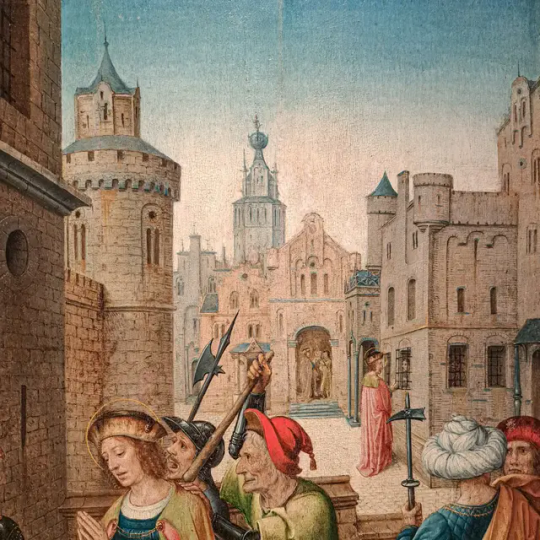
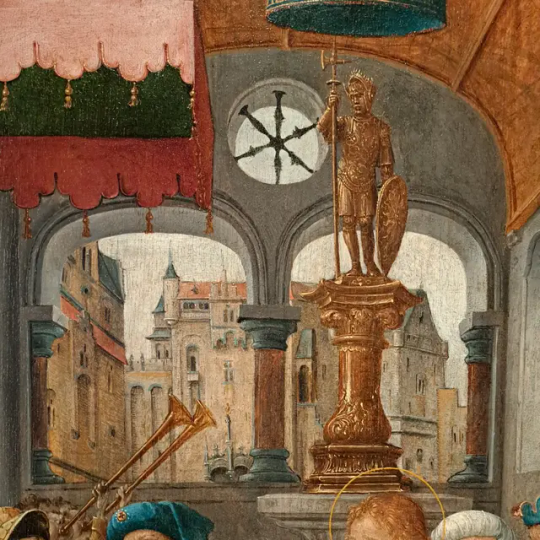

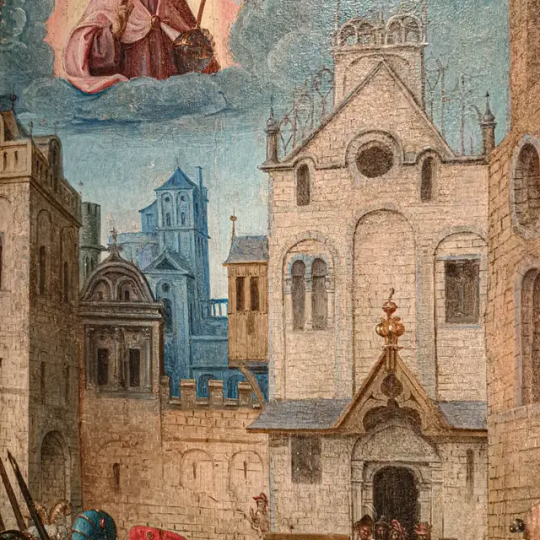
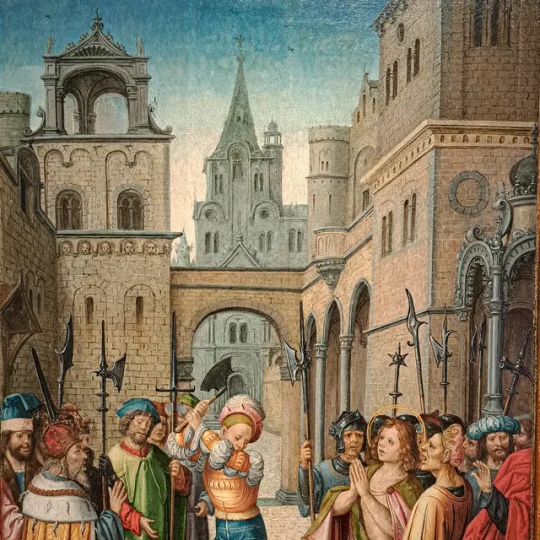
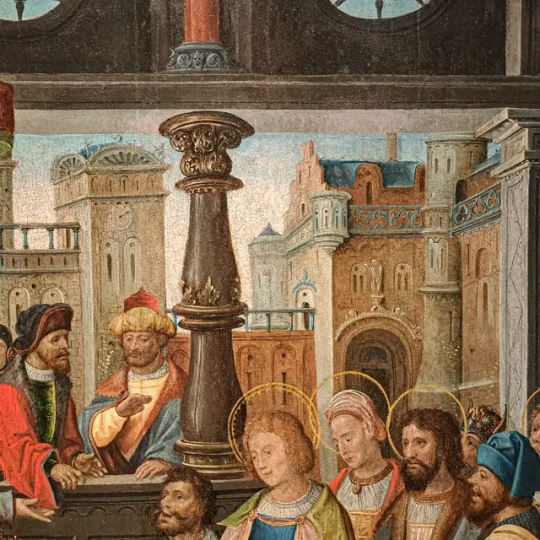
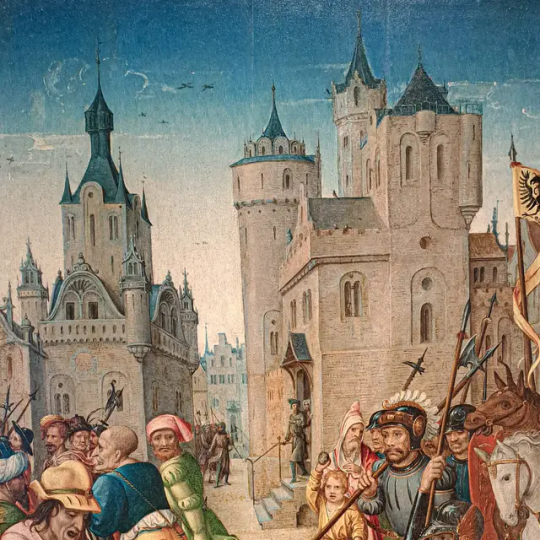
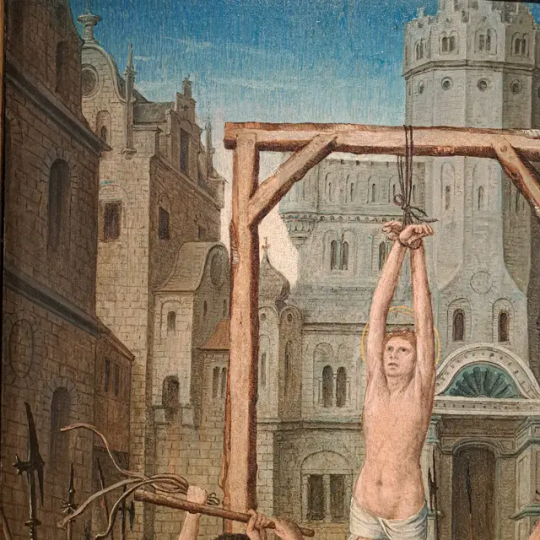
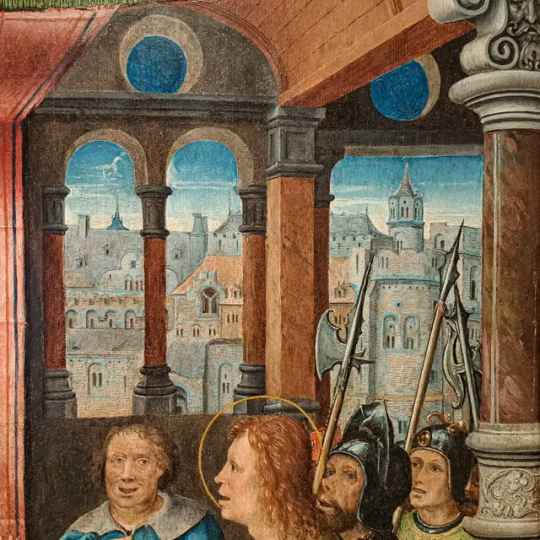
Details of architectural elements of late 15th and early 16th century flemish paintings (that were on display in museum Hof van Busleyden in Mechelen, Belgium)
The fantastical architecture blending flemish, brabantine and some northern italian features. A place where the late medieval flemish traditions and italian renaissance features meet.
As typical for flemish art; the details and backgrounds are as interesting as the subjects on the foreground.
103 notes
·
View notes
Text


Gold and silver ring with a compass, England, 17th century
213 notes
·
View notes
Text

Gold and Diamond Ring, English, 17th Century
From the National Museum of Scotland
1K notes
·
View notes
Text

The Exhumation of Saint Hubert (Saint Hubert Altarpiece) by Rogier van der Weyden, late 1430s.
45 notes
·
View notes











